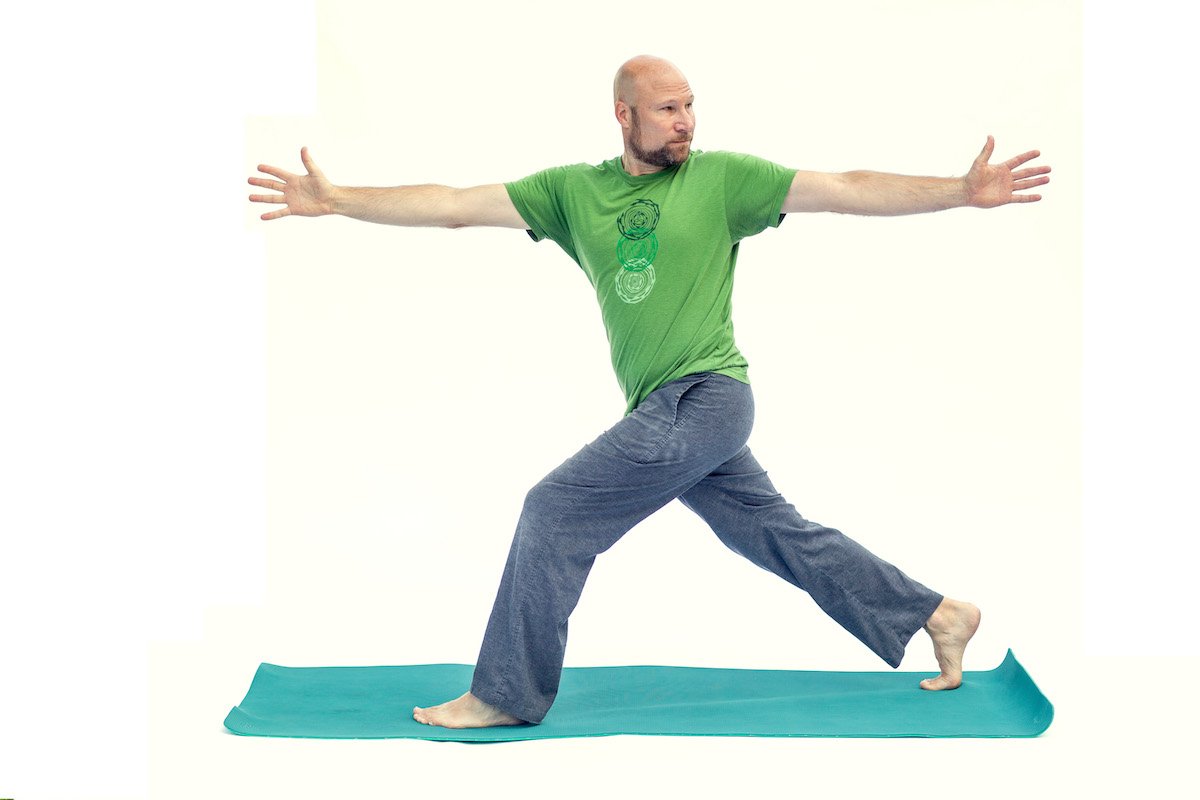As Thanksgiving approaches, we all gather around the table to experience a yearly dining event like no other. We can all get swept up at the moment and eat numerous rounds of turkey, stuffing, mashed potatoes, and cranberries during the day. All of the return trips to the dinner table go from feeling satisfied to complete and feeling stuffed and downright uncomfortable. Listen, I love to eat too, but we have to remember to take a healthy, disciplined approach when dining on this holiday. It’s important to remember to be aware of portion sizes, stopping once we feel satisfied, and to include some movement in between trips to allow for proper digestion to occur. What are some ideas of movement you can do after one of your meals? Taking a walk with family or your dog in the neighborhood can be beneficial for the digestion of your food. Feel free to put up your Christmas decorations after a meal to encourage some movement if you feel festive for the holidays.
And finally, another great way to assist in healthily processing your food is to practice yoga. Yoga has been found to offer many health benefits to aid in your digestion. Many scientific studies have shown that adults can decrease the symptoms of IBS with regular yoga practice. Studies have also shown that yoga can help relieve gas, bloating, constipation, and increase bowel movements.
How does yoga help, though? He’s a list of the benefits and how it breaks down.
Yoga poses help to stretch the body and massage the abdominal muscles. This movement helps food to move efficiently along the digestive tract.
Utilizing twisting yoga poses helps to “wring out” some of the abdominal organs, enabling more efficient bowel movements (peristalsis) and relieving constipation.
Yoga improves the circulatory system. The yoga poses allow the blood to circulate more efficiently in the digestive organs, thus aiding digestion.
Regular practice of yoga discourages fatty deposits.
Yoga helps to reduce stress and anxiety, which are a standard connection to digestion issues.
Yoga increases the parasympathetic nervous system, offsets the sympathetic nervous system, or the body's “fight or flight response.” This transition allows the body to recover from stress and helps the body back in homeostasis.
Deep breathing during yoga helps the body relax, but it also oxygenates cells to help the organs work more efficiently.
By getting into a regular yoga practice, you’ll begin to experience a decrease in stomach irritation brought on by digestion issues. By incorporating poses such as spinal twists, back bending, and lateral extension, you’ll help absorb your food. It’s also essential to include some breathing exercises and end your yoga session with an inversion to help with the breakdown of your meals. This awareness of how a healthy mind and body connection will not only help decrease the chance of an upset stomach after meals, but you’ll sleep more soundly at night without interruption too.
Click on the link to practice a flow specifically made to assist indigestion.

